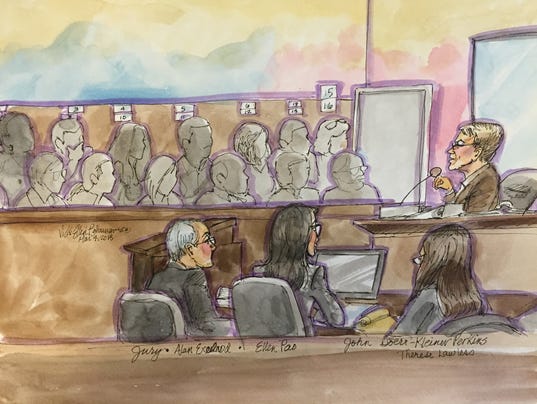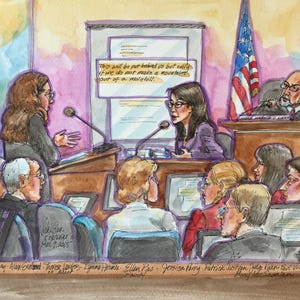When I first started representing injured people 30 years ago, the rule was that whatever the medical provider billed was legally presumed to be the reasonable amount for the medical services provided. Back then, if you had health insurance coverage, your medical bills would be paid by your health insurance. You did not have to pay your health insurer back if you recovered the cost of your medical bills back in an injury claim. After all, you paid for or worked to obtain the health coverage. That is not the case now. The law now allows the health insurer to get their money back from you, if you collect it from the responsible party for your injury. With the pay to play politics in Ohio the insurance companies bought their way to changes in the law that dramatically favor them at the expense of the injured person and their treating physicians.
Insurance companies ratchet down the reimbursement rate to health care providers. Insurance companies control these reimbursement rates. Changes in the law sought by the insurance industry allow these same insurers to argue that the discounted amount that they decide and then pay to medical providers is the reasonable value of the medical services as opposed to the amount that was originally billed by the medical provider. Not satisfied with control of what they pay out by setting reimbursement rates to medical providers; the insurance industry demands that they be reimbursed for all amounts they have paid toward medical bills for an injured person. Even if that leaves no funds for the injured person. There are a couple of problems with that process. First, insurance companies will not do any of the work to go collect money from the responsible party for injuring someone. They want the injured party to do all the work. Second, if the injured party’s medical bills exceed the amount of insurance coverage available, the health insurer wants all the money and the injured party ends up getting nothing. As best as we can see, Ohio is in a unique position in all the states. We are the only state where an insurance company can unilaterally reduce the “reasonable value” of medical care by controlling what they pay medical providers and in the end demand they be paid back all money they paid toward medical care, regardless if the injured person ends up with any money to compensate them for their injuries and damages. We are aware of no other state in the union that allows insurance companies such an advantage on both offense and defense, so to speak. It is a double standard and stacks the deck in favor of the insurance industry.
I am not a fan of Governor Kasich because some of this has come about on his watch. But I must give him credit for signing into law a bill recently that addresses this problem. This new statute says in essence that when there is not enough money to pay back the insurance companies and to pay the injured party a “fair” amount for their injuries, then there must be some equitable division of the funds between the injured party and the insurance company. This statute is a shift, albeit a small one, in the path to do away with the right of injured parties.


